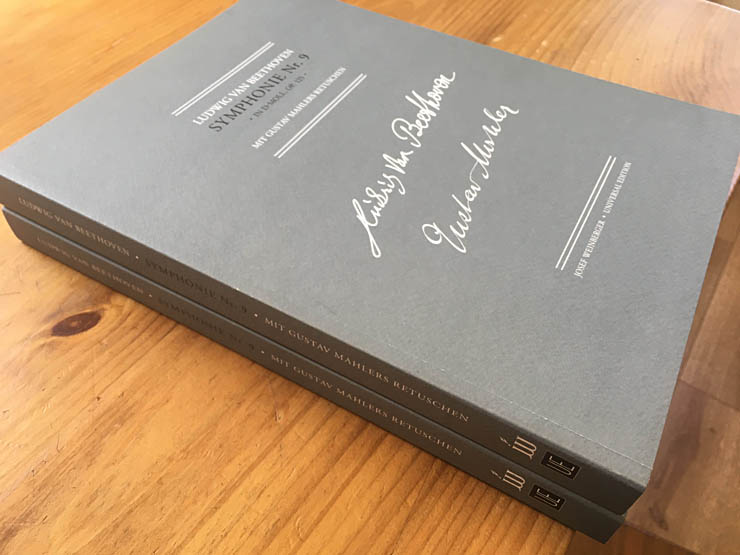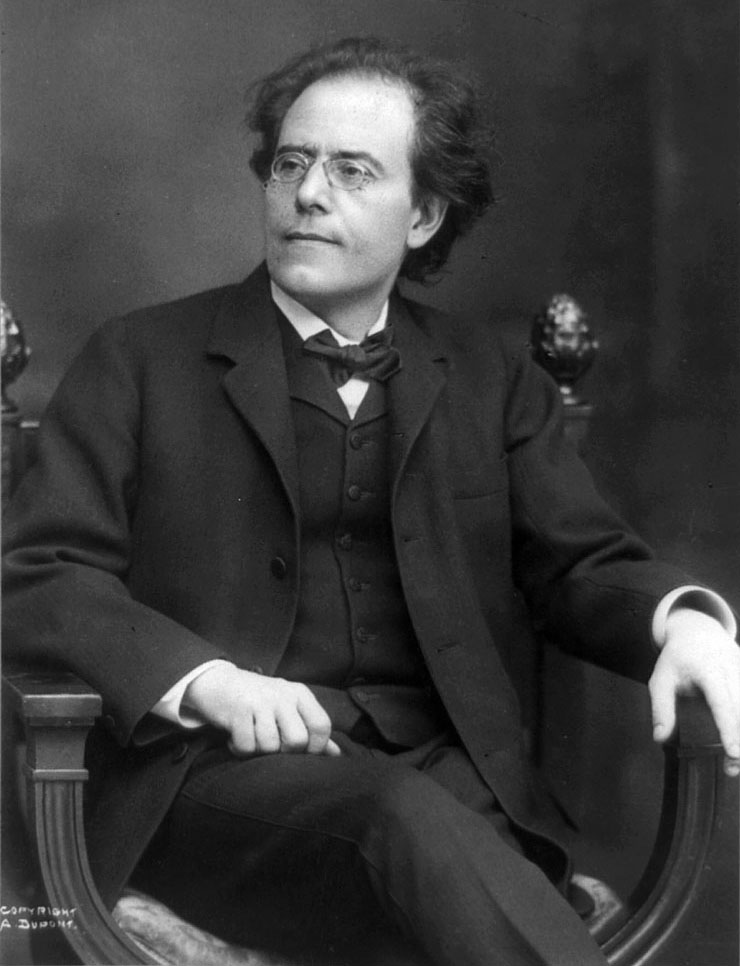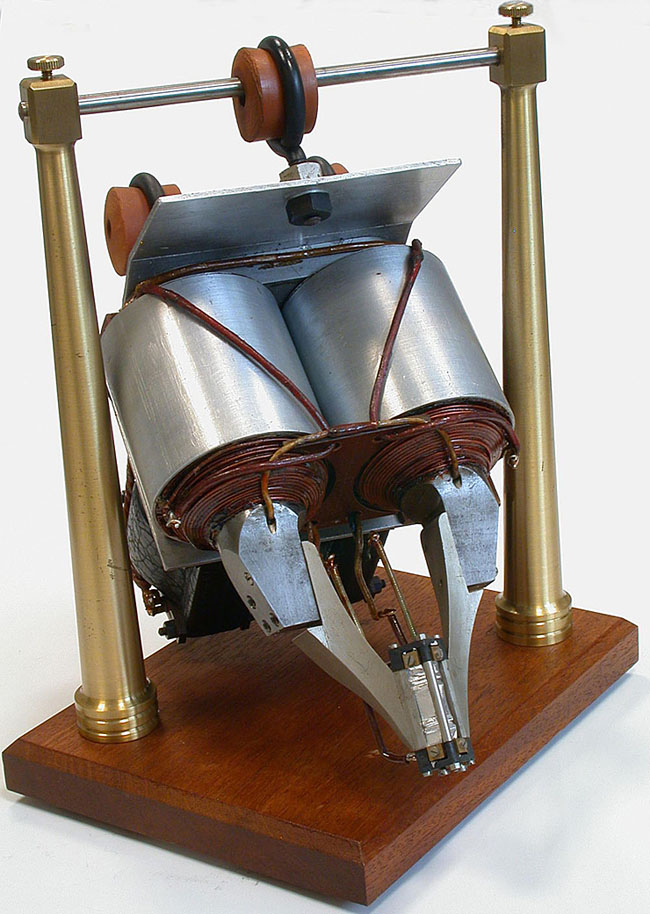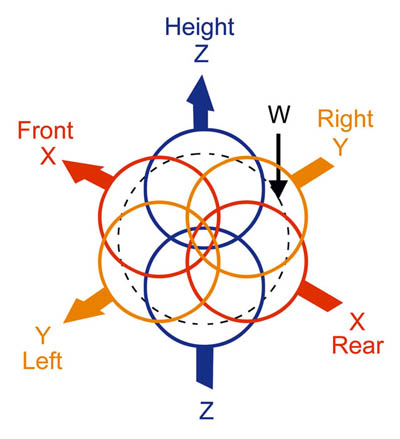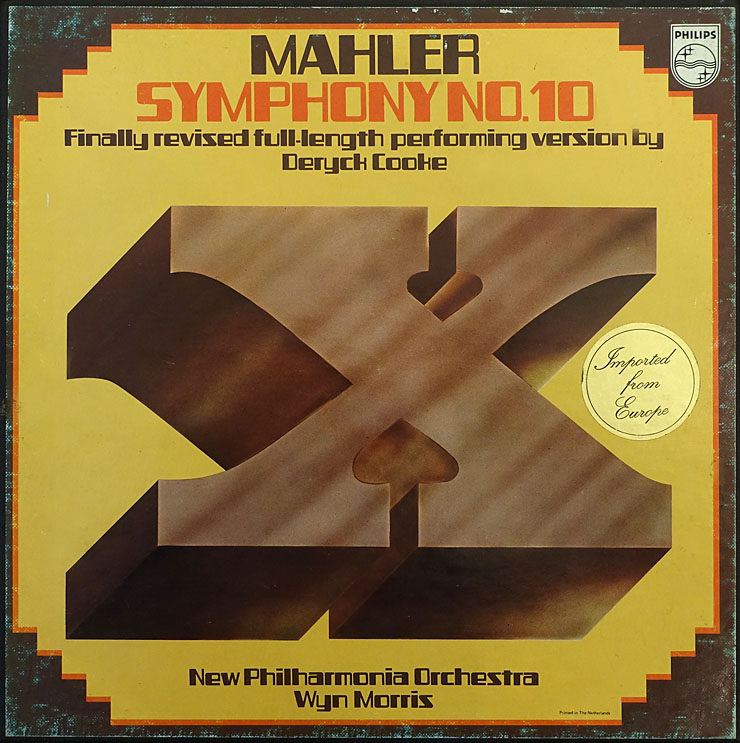Gustav Mahler conducted Beethoven’s Ninth Symphony on ten occasions: in Prague, Hamburg, Vienna, Strassburg and New York. For the last seven of these performances he prepared and used his own score and orchestral parts. I have transcribed and edited these materials...
A Ripping Yarn
Converting CDs to WAV files (Part I)
The Audio CD Format
The 16-bit/44.1 kHz specifications for Compact Disc were laid down in the early 1980s. They reflect the capability of mass-produced technology of the day, and 30 years later have been superseded by higher resolution formats. The main limiting parameters of the CD standard are bandwidth, dynamic range and low level distortion. A sampling rate of 44.1 kHz acommodates a bandwidth of just over 20 kHz, and 16 bits provide a digital dynamic range of 96 dB, which, although it sounds a lot, cannot be compared in audible effect with an analog dynamic range of 96 dB. There are those who consider that the high frequencies should not be limited to 20 kHz, although the frequency range of professional analog tapes at 38 cm/s was similarly curtailed by the practical limitation of the length of the gap in the playback head, and analog master tapes often sound better than CDs. But, while one might perhaps not worry about the bandwidth restriction, the 16 bit boundary was without question an unfortunate compromise, reflecting state of the art digital technology of 1980. Indeed, studies by the BBC had by then already shown that at least 20 bits were needed for what was identified as the worst case — big band jazz.
One can readily calculate how many bits are needed per hour in the 16/44.1 system:
44,100 samples per channel per second, each sample represented by 16 bits:
= 44100 x 16 = 705,600 bits per channel per second
But the CD is in stereo:
= 1,411,200 bits per two channels per second
= 84,672,000 bits per minute
= 5,080,320,000 bits per hour
We usually count in bytes, each of which is a grouping of 8 bits, making an hour of stereo 635,040,000 bytes, or about 606 Megabytes. Then there are some added extras, the table of contents (TOC), which is effectively an extra track at the beginning of the CD, and the bits used for inline control data and error correction. All this is effectively in a single file and represents a lot of data in 1982 when the CD was introduced. Since in those days a 10 MB hard drive was an expensive, large and heavy monster in a special case, the mass production of a CD, which was much smaller and lighter and acommodated more than 60 times the amount of data held by such a hard drive, was quite amazing.
The Standard CD Player
Because the data is read off the CD a bit at a time, a lot of processing has to happen in the player if the audio is to be as perfect as was initially promised by the record companies. This involves separating out the control data, applying error correction where needed (and possible), rearranging the samples into left and right channels and then converting them back to analog audio. At the same time, the datastream is being used to adjust the speed of rotation of the disc, which varies as the spiral is tracked from inside to outside radius. With all this work in real time, A standard CD player is too busy to go back and have a second look at the data: it has to do the best it can with what comes off the CD and then move on to the next chunk.
Storing Audio on a Computer
Modern personal computers, with fast processors and cheap, fast, high-capacity hard drives are much more adept at playing back audio in real time. The data are recorded in files with a single header at the beginning that identifies the sample and bit rates, and the number of channels, followed by the actual data. The channels are still interleaved, but unlike the CD the number of these is not limited to two, and the sample and data rates can be higher. Taking advantage of this, current professional recordings are made at sample rates of up to 192 kHz, which certainly answers concerns about the frequency range of a CD, and 24 bit representation of the samples gives a further 48 dB of dynamic range. We are no longer limited by the medium, which can be a DVD-A, a Bluray disc or a USB data stick.
Ripping
Although sales have fallen dramatically over the past few years, CDs are still with us, and most of them sound better than mp3 files. But it has been my experience that playing high quality wavefiles of the same 16/44.1 resolution as CDs from a humble iPod produces higher quality sound than playing the same music from a CD player of the quality that I can afford. Of course, excellent sounding CD players can be bought for as little (or as much, depending on your point of view) as $5,000 and more, but the same quality can be achieved more cheaply by transferring the data from CD to hard drive in a process called “ripping”) and then playing the result directly from the hard drive through a decent convertor.
There are several programs that can be used to rip CDs and convert the audio to a wavefile that can be played directly. I personally only have experience of three that work under Windows: iTunes, EAC and Foobar2000; but there are others. Any of these free programs will rip most CDs in as little as a 20th of the time it takes to play it, and EAC is optimised to rip damaged CDs, though this takes longer.
Some of my old CDs, although still in new condition, present an additional challenge — particularly those on the CBS Masterworks and Denon labels from the middle 1980s. The quality of the CBS transfers from analog masters holds up extremely well today, even against later Super Bit Mapping transfers; but they and the Denon CDs have "pre-emphasis".
What is Pre-emphasis?
Generally, pre-emphasis refers to raising (emphasising) the higher frequencies before transfer to the storage or transmission medium, in order to keep them above the noise level and optimise the signal to noise ratio. It is done with simple component networks and the inverse function is applied on replay, so as to restore the music to its original levels at all frequencies, while reducing any unwanted noise added in the recording and replay process. Pre-emphasis was first used with 78 rpm records, which clearly benefited from reduction in noise, LPs and analog tapes used it, it is used in FM radio, and Dolby-B noise reduction, applied to cassettes, is a more sophisticated implementation. The engineers who designed CDs made provision for pre-emphasis, but it was optional and was generally dispensed with from about 1990, though it is still easily available if the engineers select it.
Rev. 3 Dec 2018

